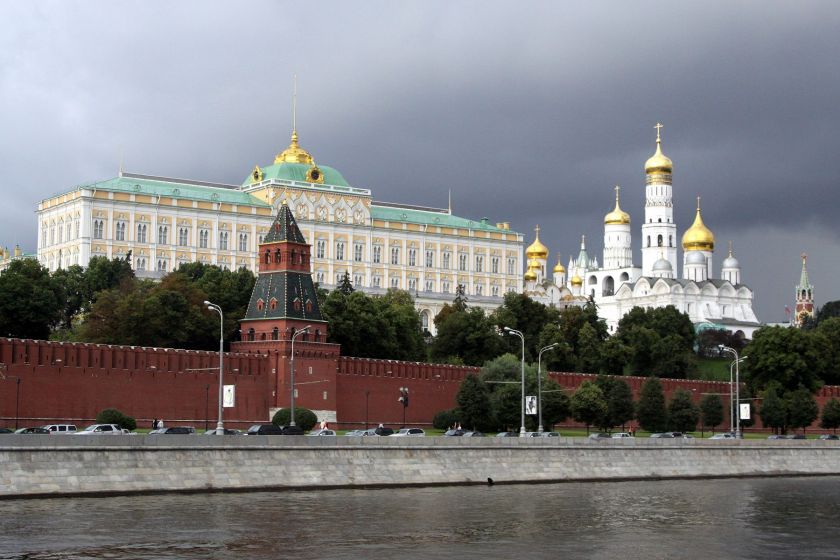Giuseppe Sandro Mela.
2018-04-29.
Questo è un argomento che solo tra molti decenni si potrà sapere se fosse stato o meno vero.
I russi affermano di aver potuto raccogliere un missile Tomahawk inesploso e di starlo utilizzando per comprenderne il funzionamento e migliorare quindi i propri sistemi di arma.
I russi affermano e gli americani smentiscono: nessuno è al momento in grado di appurare cosa ci sia di vero.
«Russia has gotten its hands on a U.S. Tomahawk cruise missile and it’s going to study it to improve its own weapon systems»
*
«the U.S. Department of Defense told CNBC that the claims from Moscow are “absurd.”»
*
«an unexploded Tomahawk cruise missile and one high accuracy air-launched missile that the U.S. and its allies used in their last airstrike in Syria on April 14 has been brought to Moscow»
*
«Some of the missiles failed to reach the designated targets apparently due to technical failures, which created the risk of destroying civilian facilities and causing civilian casualties»
*
«Two of them, a cruise missile Tomahawk and a high-accuracy air-launched missile, have been brought to Moscow»
*
«The results of this work will be used to improve Russian weapon systems»

